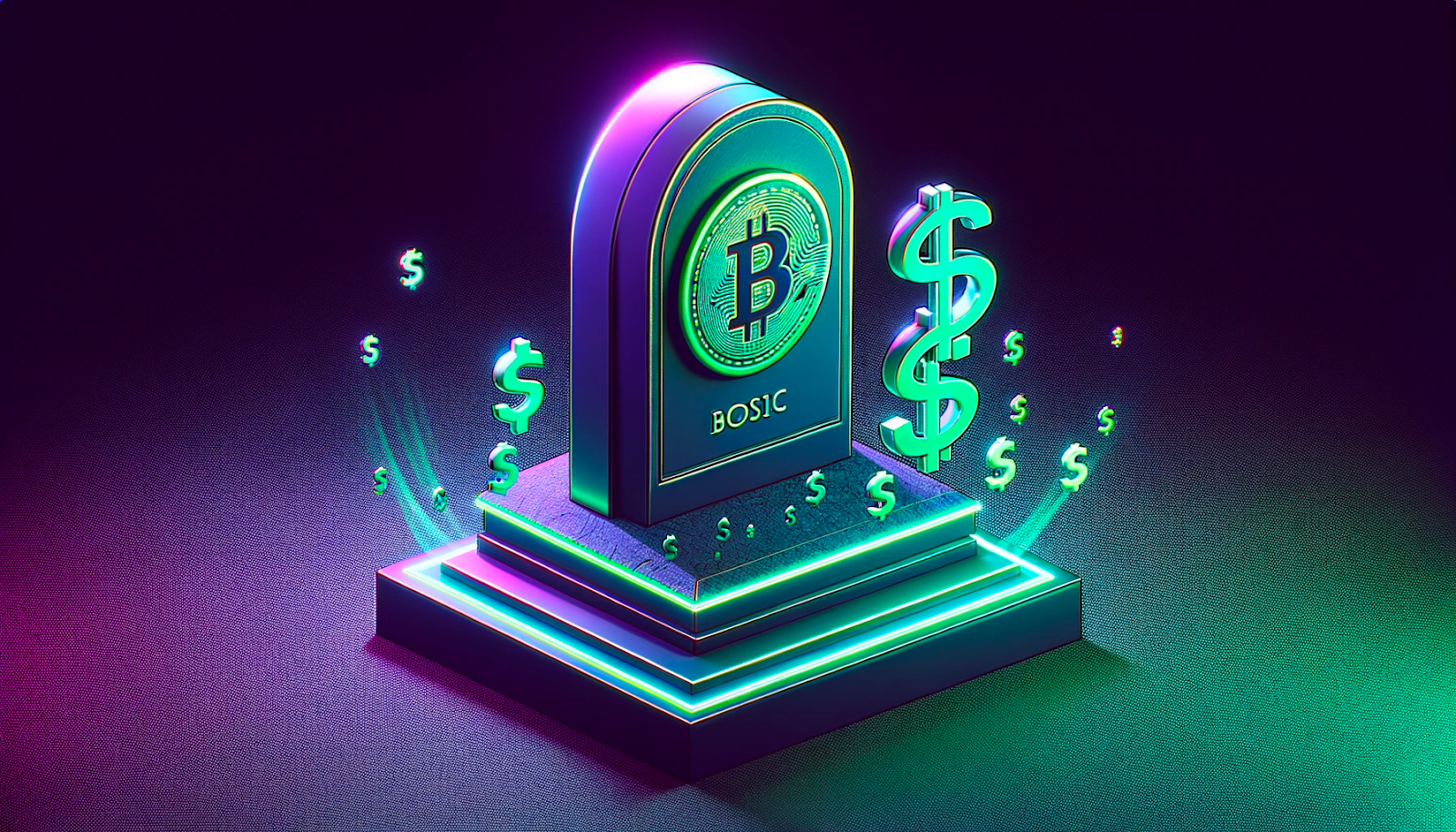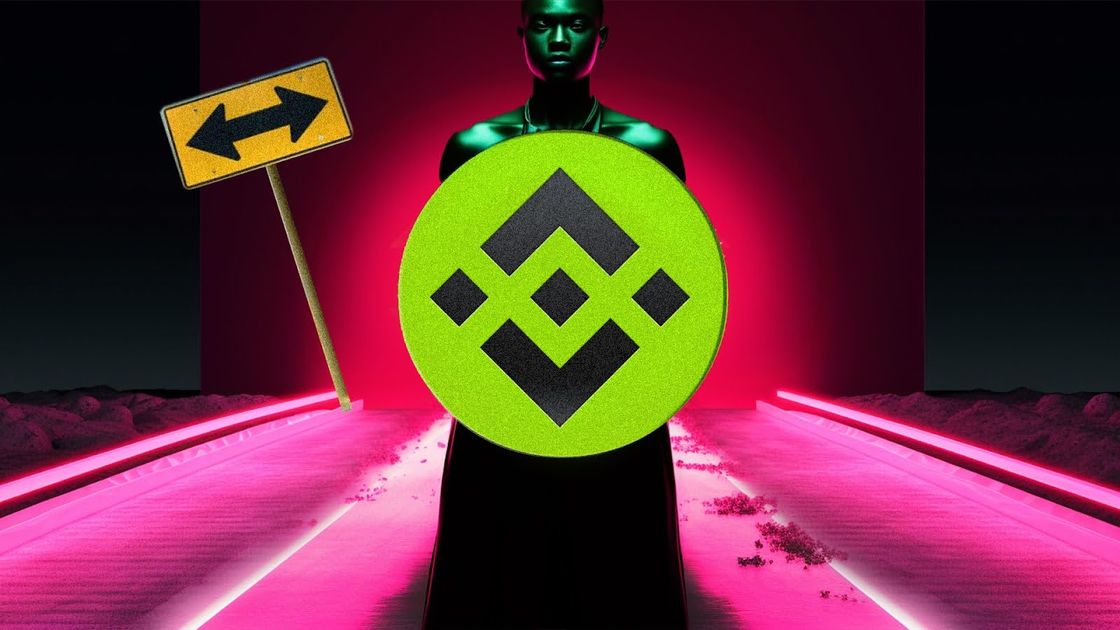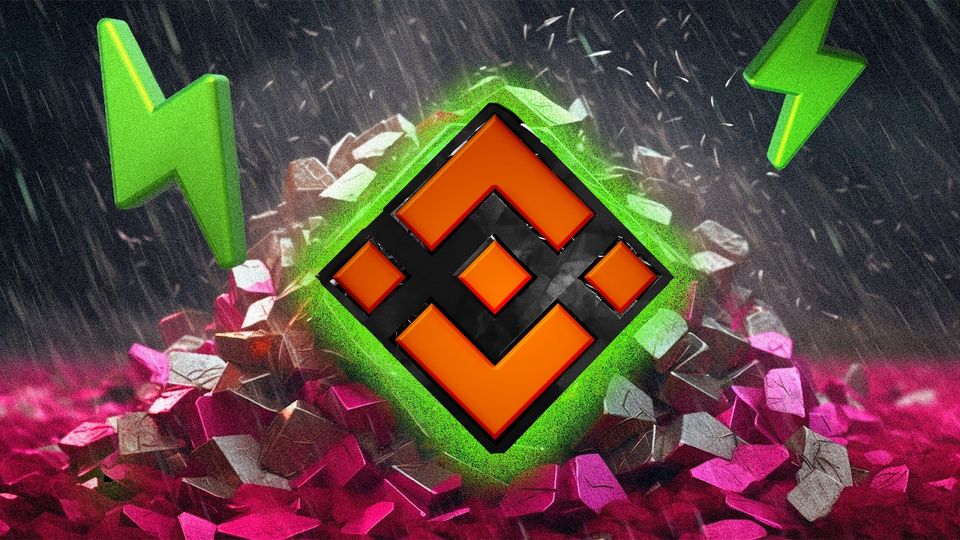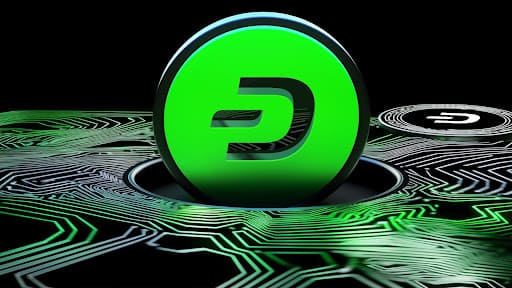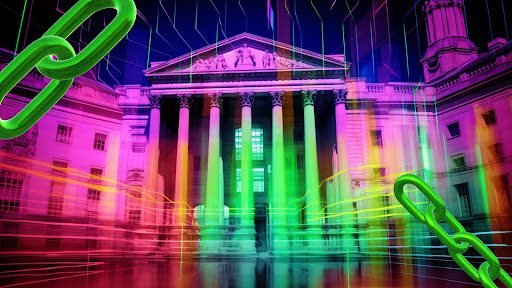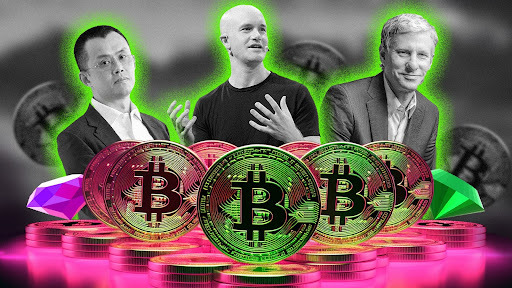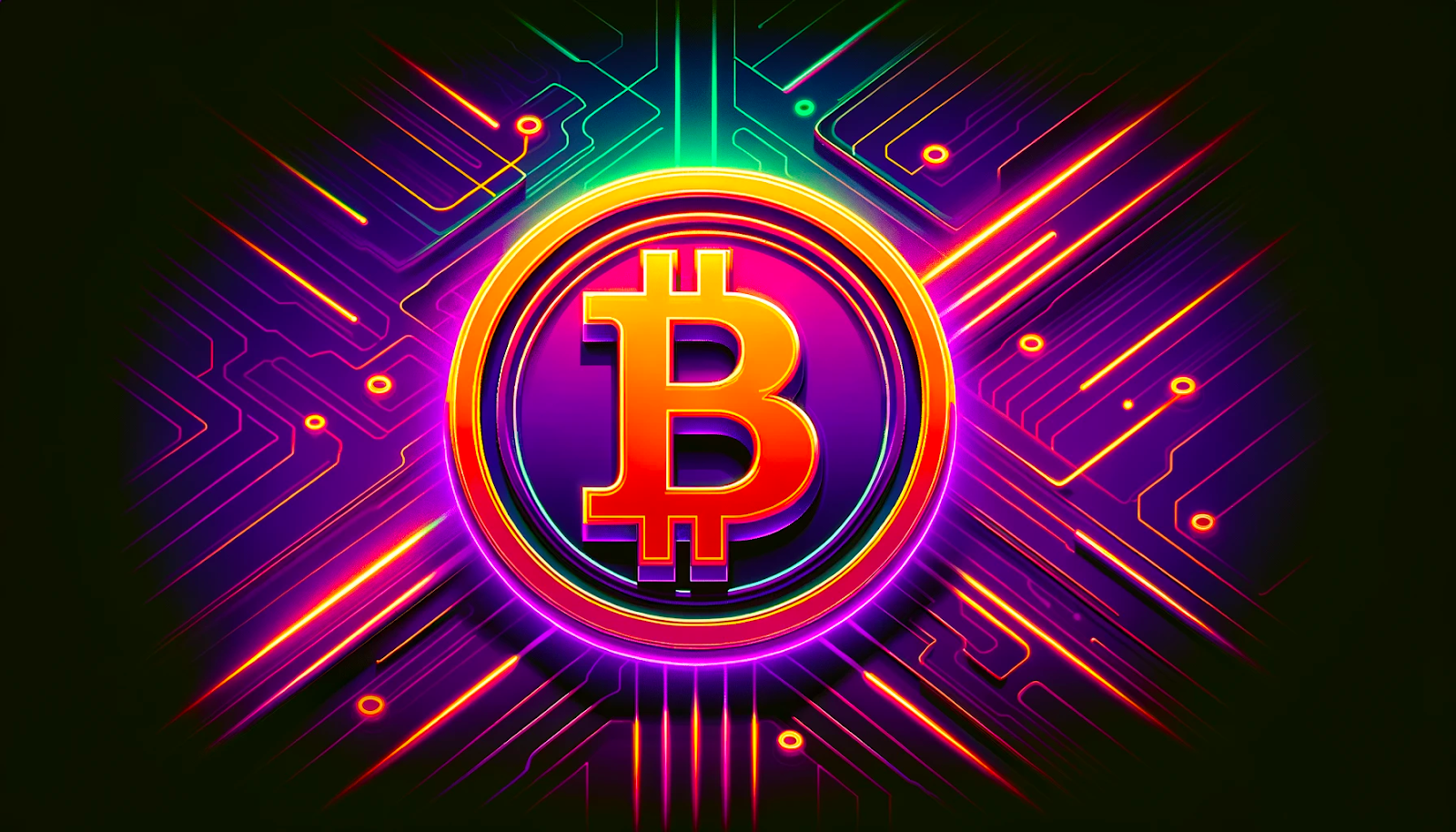
Courts have ruled that Ripple Labs’ XRP token is NOT a security, however the company’s lawsuit against the SEC goes way deeper than you may think (nor is it over).
When it comes to regulatory pressure on crypto, the U.S. Securities and Exchange Commission’s (SEC) pursuit of Ripple Labs’ XRP ($XRP) token is up there as one of the most notable.
Two and a half years after the lawsuit was officially filed, the token was officially ruled as ‘not a security’ in July 2023… however in doing so, the case has opened a huge can of worms that may have huge bearing on the future prosperity of many crypto projects.
With that being said, strap yourself in for a journey of financial jargon and legal complexities as we take you through the case.
SEC vs. Ripple: Where it Began
The case first came to surface in December 2020, when the SEC sued Ripple Labs and its two executives Brad Garlinghouse and Chris Larsen under the premise that it had been offering investors ‘unregistered, ongoing digital asset securities’ since 2013. All in all, the company and its pair of executives were accused of selling over $1 billion worth of unregistered tokens (i.e. what the SEC deemed to be securities).
Intuitively, the first thing to ask here is ‘what constitutes a security?’. Per conventional rulings, a security is any asset that meets the following four criteria of the ‘Howey Test’:
-
An investment of money.
-
In a common enterprise.
-
With the expectation of profits.
-
To be derived from the efforts of a promoter or third party.
In getting into the intricacies of the case, crypto currencies generally pass the first three criteria, meaning their stature as a ‘security’ largely depends on how the fourth is interpreted.
Given that, in this case, Ripple Labs is the third party creating and delivering on the expectation of profits, its first mode of defence focused on the notion of ‘fair notice’- i.e. that the SEC didn’t give it ‘fair notice’ that XRP was classed as a security, and therefore it wasn’t aware of its wrongdoings in promoting an unregistered security whilst inciting expectations of profits.
As you’ll learn later down the line, this line of defence was eventually dismissed.
In short, the SEC is concerned with two things when it comes to crypto coins being classified as a security…
i) Have they had an initial coin offering (ICO), and ii) can they be staked? (i.e. do they operate via ‘Proof-of-Stake’ mechanisms for confirming transactions).
XRP was created around a year before Ripple Labs was founded, and launched without an ICO. Instead, 80% of the token’s 100 million maximum supply were ‘gifted’ to Ripple Labs once the company was up and running.
With the omission of an ICO, as well as its inability to be staked (due to its uncommon consensus mechanism for confirming transactions), the case raised questions as to why XRP was being singled out by the SEC.
After nearly 3 years, the Court’s July 13 decision delivered a landmark win for Ripple and the entire U.S. crypto industry: XRP is not a security.
— Ripple (@Ripple) July 19, 2023
Progress is worth fighting for.https://t.co/rm4cMGDVek
The Case
The court ruling was officially filed on July 13th 2023 by US District Judge Analisa Torres (Southern District of New York).
Within it, Torres issued the following statement:
“XRP, as a digital token, is not in and of itself a “contract, transaction[,] or scheme” that embodies the Howey requirements of an investment contract”.
This essentially confirmed that XRP has regularity clarity as ‘not a security’.
Although headlines were quick to report this as a victory in favour of decentralisation, the ruling came with its fair share of caveats and complexities- the first being that the actual trial won’t take place until 2024.
Secondly, the judge granted and denied motions put forward by both parties, meaning in essence, both felt losses and wins throughout the case. These include the rejection of Ripple’s attempt to modify the criteria behind what constitutes a security (i.e. the Howey Test stood firm in court), as well as its rejection of Ripple’s attempt to classify XRP as a commodity (as commodities can in-fact be sold as investment contracts under the right circumstances).
In taking us to the juicy part of the case, Judge Torres also focused on Ripple’s services and how greatly it relied on revenue from XRP sales. Here she placed Ripple’s revenue from XRP sales between 2013-2020 into three categories:
-
Sales to institutional investors ($728 million).
-
Sales on exchanges ($757 million).
-
Sales on secondary markets ($609 million).
It was also noted that Garlinghouse and Larsen both personally sold hundreds of million’s worth of XRP on exchanges. Other Ripple co-founder Jed McCaleb did the same, however he never caught the interest of the SEC (hmm).
The ruling also covered Ripple's marketing endeavours that elicited an expectation of profits to investors, as well as the legal advice it had received regarding the potential for its XRP sales to be deemed as security offerings.
The Rulings
In addition to XRP not being a security (nor a commodity), Judge Torres made multiple other rulings based on Ripple’s sales of XRP between 2013-2020.
The first was that Ripple’s sale of XRP to institutions was deemed as an unregistered securities offering, as thanks to marketing endeavours from the company, institutional buyers had an expectation of profit when purchasing the tokens.
Secondly, Ripple’s sale of XRP on exchanges didn’t constitute an unregistered securities offering, as Ripple didn’t create an expectation of profit for such buyers (i.e. some simply buy for the pump, whilst others may be unaware of Ripple’s existence).
Thirdly, Ripple’s secondary sales of XRP didn’t constitute an unregistered securities offering (for the same reason as its sales on exchanges). This also includes Garlinghouse and Larsen’s personal XRP sales, as these also took place on exchanges.
Off the back of this, another ruling was made which referred to Ripple’s ‘fair notice’ defence, and how it doesn’t stand its ground when it applied to the sales of XRP to institutional investors (i.e. Ripple should’ve known that these sales constituted unregistered securities offerings).
In addition, neither Garlinghouse nor Larsen were found guilty of helping Ripple throughout such violations, as based on the information that they had, they were unaware that they were breaking the law.
Overall, this means that Ripple may have to pay a fine of at least $728 million- i.e. the amount that it made via XRP sales to institutional investors.
Further, the current consensus surrounding crypto lawyers is that an appeal is not only possible, but probable. If one was to take place, it will probably be on the grounds that ‘average XRP buyers on exchanges and secondary markets do in-fact know of the potential profits due to Ripple’s involvement and marketing activity’.
Effects on XRP
In wake of such rulings on July 13th, the price of XRP jumped from around $0.50 to $0.80. This pumped the coin’s market cap by over $21 billion in just three hours.
When it comes to the current value of XRP, its price has declined back down to $0.52 (at the time of writing). That being said, the coin now sits in a unique position wherein it’s gained solidified regulatory clarity from the courts (only the second crypto to do so behind Bitcoin).
Such circumstances put it in good stead to go public via an initial public offering (IPO), which it’s rumoured to do so after the SEC debacle is over. Such endeavour of course comes as part of the company’s vision to become a leading global payments network that’s backed by its native token.
For now however, all we hope is that the firm is capable of paying that $728+ million fine once the trial comes around.
Significance on Crypto
Despite Ripple’s alteration attempts during the case, the Howey Test remains as the go-to standard for determining whether or not a crypto token is deemed a security.
Further, and per the first ruling, courts are evidently interested in cracking down on crypto sales to institutional investors, which means that crypto projects may have difficulty in selling coins to venture capitalists (VCs) via ITOs/ICOs in the future. In theory, this means that they will only be able to sell coins on exchanges or secondary markets.
For crypto projects coming out of the US, this could put them at disadvantage when trying to acquire VC funding in the first place, and therefore stunt their growth from the off. Intuitively, the ruling also means that crypto projects that have, are, or are planning to sell coins via ITOs/ICOs may be at risk of catching the attention of the SEC.
On the brighter side of things, the second ruling indicates that crypto exchanges (who sell coins on their crypto exchange platforms) are probably in the clear if it’s used as a precedent. That being said, given XRP’s distinct differences from other crypto coins (i.e. not having an ICO or staking mechanisms), uncertainty is certainly still in the air.
In turn however, firms being forced to sell their coins on exchanges could ramp-up crypto’s presence in congress, as through these intuitions enjoying more profits, more funds may be available for pro-crypto lobbyists.
Of course, such idealistic outcome will first be determined by the timing of the next crypto bull run, as well as how easily pro-crypto politicians can implement pro-crypto regulations amidst the chaos of the 2024 Presidential Election.
Want More Cutting-Edge Crypto News?
Follow Us: X TikTok Instagram Telegram LinkedIn
Sign up to our newsletter at the bottom of the page
Check Out Our Top 10 Crypto Currencies of 2023
This article is intended for educational purposes and is not financial advice



